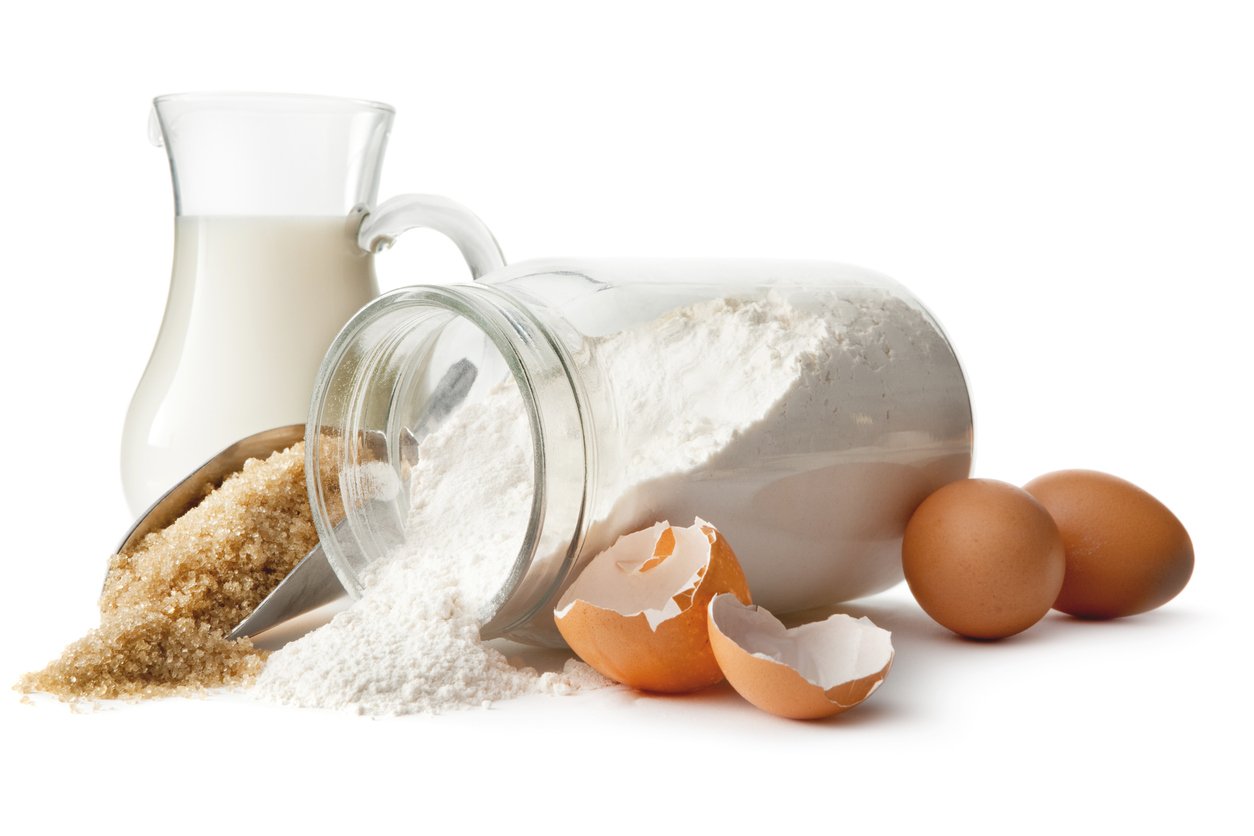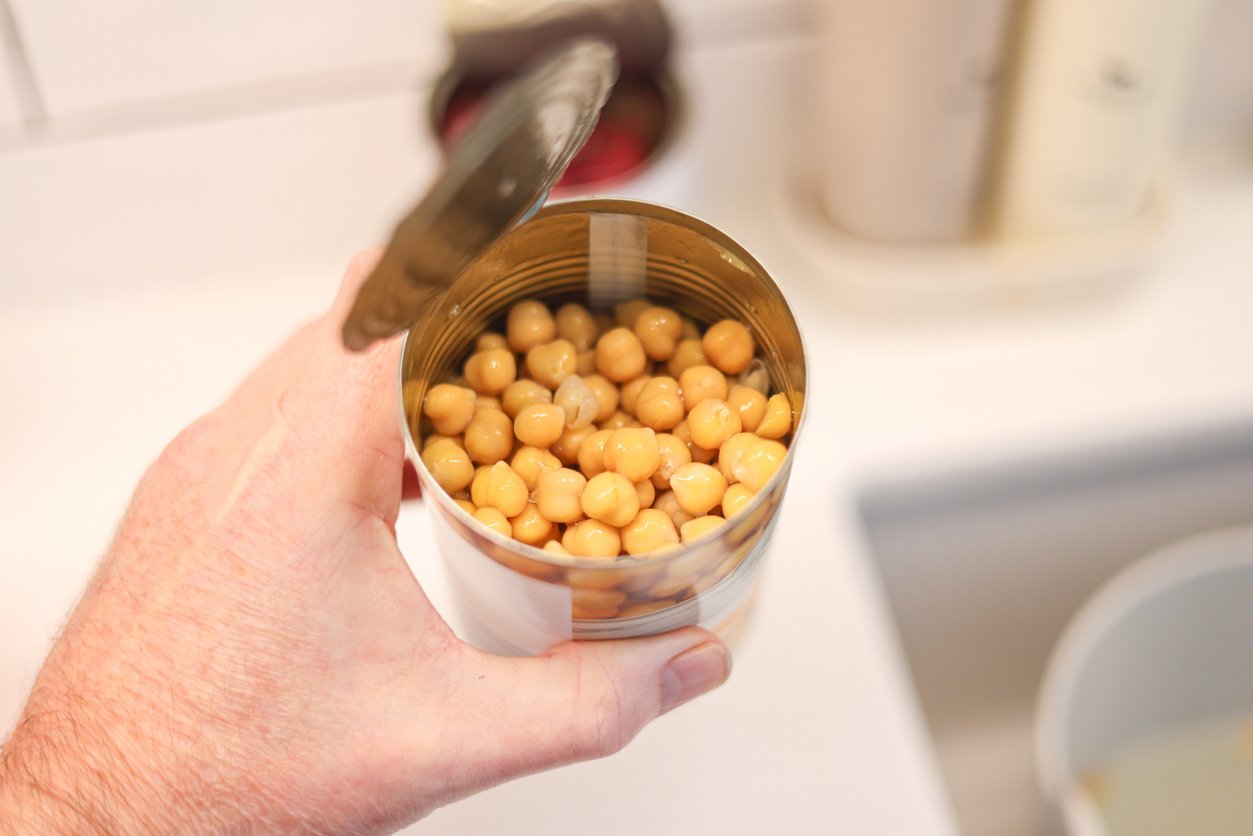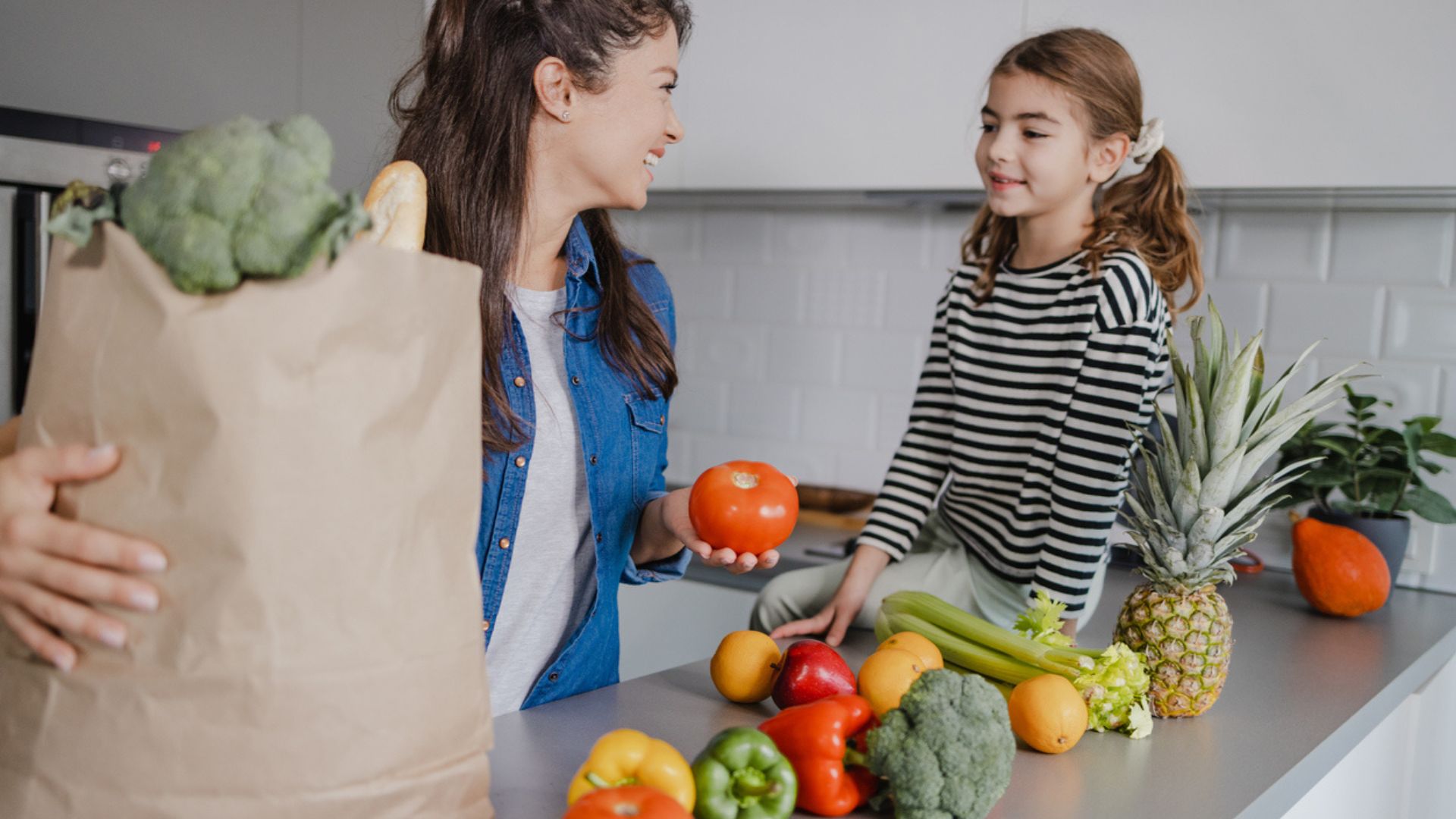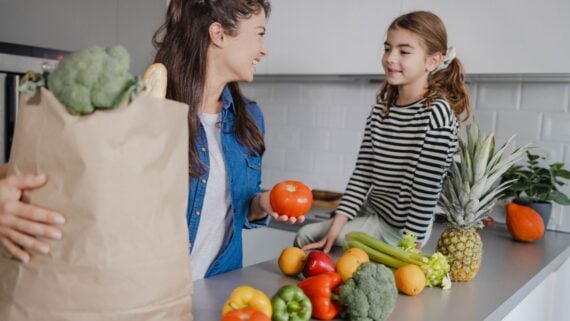Feeding a family of four on just $300 a month might sound impossible — but one mom on TikTok has it down to a science.
Nicole Svenson, a TikToker who shares her journey spending $300 a month on food for her family, is back with another video detailing her 10 must-have pantry ingredients — the staples she swears by to make her once-a-month grocery shopping routine actually work. Her philosophy? Keeping it simple, practical, and versatile.
“Here’s my list of 10 things that I would always want in my house if I started from nothing,” she says in the video.
The Basics That Stretch a Budget

Nicole starts out with foundational ingredients she considers must-haves in any pantry: Sugar (or honey), all-purpose flour, cornstarch, milk, eggs, and butter. These, she explains, form the base of countless recipes — from pancakes and breads to sauces and desserts. Each of these staples also has shelf-stable or powdered alternatives, which can be a lifesaver for long-term storage or emergencies. But if you’re in a pinch for cash, buying the perishable kind works just fine, she says.
The Everyday Essentials

Next on her list: Vegetable oil, a humble but essential item that can be used in a variety of different ways. Nicole calls it the most practical type of oil because it’s neutral in flavor and works for both frying and baking.
“You can fry in it, it’s a neutral oil, and it is used in many baking dishes,” she says, adding, “I do love my olive oil, too, but if I had to pick just 10 items, I would go with vegetable oil.”
The Survival Staples

When it comes to “pure survival, pure basics,” Nicole keeps her pantry stocked with green lentils and great northern beans. Both are inexpensive, protein-packed, and endlessly adaptable.
“These are super neutral and can be used in just about any recipe,” she notes. “You won’t starve as long as you have these.”
Indeed, lentils and beans are high in protein, fiber, and complex carbohydrates, making them some of the most filling and nutrient-dense foods you can buy on a budget. They’re also incredibly versatile and can be incorporated into an array of soups, stews, salads, or even as a meat substitute in tacos and casseroles. Studies have shown that regularly eating lentils may even help reduce the risk of heart disease and lower blood pressure.
The Secret Ingredient

Rounding out her list is active dry yeast, a small but mighty staple she uses in place of baking soda or baking powder. Yeast, she explains is more versatile and cost-effective because it “replaces baking soda and baking powder,” and can be used for many filling recipes, including bread, pizza dough, rolls, and more.
A Practical Philosophy

Svenson’s approach to pantry-building mirrors her broader philosophy about food: Simple, intentional, and waste-free. By focusing on affordable, shelf-stable ingredients and learning how to stretch them, she keeps her grocery bill manageable without sacrificing home-cooked meals that are still nutritious and delicious.
Her approach has resonated with savvy shoppers looking to stretch their grocery budgets.
“I hope you keep expanding your internet presence,” writes one user. “I think you are going to be very useful and helpful during this shutdown and as the year(s) progresses. You’re providing such great content.”
Another adds, “This is really great education for people. I grew up in an ingredient household so I take for granted a lot people don’t know the basics of setting up a kitchen.”
More food tips:

- Mom Who Only Grocery Shops Once a Month Uses ‘Ordered Eating’ to Make Food Last Longer — Learn about Svenson’s tip for “ordered eating” when making groceries stretch as long as possible.
- 50 Smart Food Storage Tips to Make Your Groceries Last as Long as Possible — These helpful food storage tips are designed to help consumers spend less and enjoy more.
- 9 Foods You Should Never Refrigerate — We’ve compiled a list of foods that should not be refrigerated to keep you from inadvertently wasting more food (and money).




